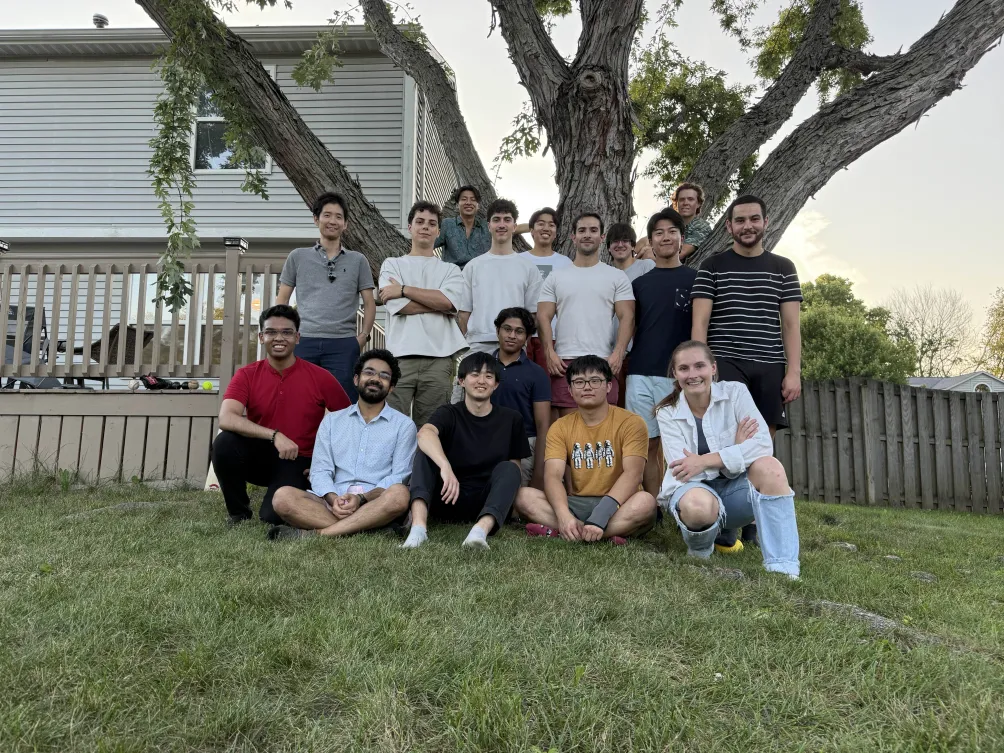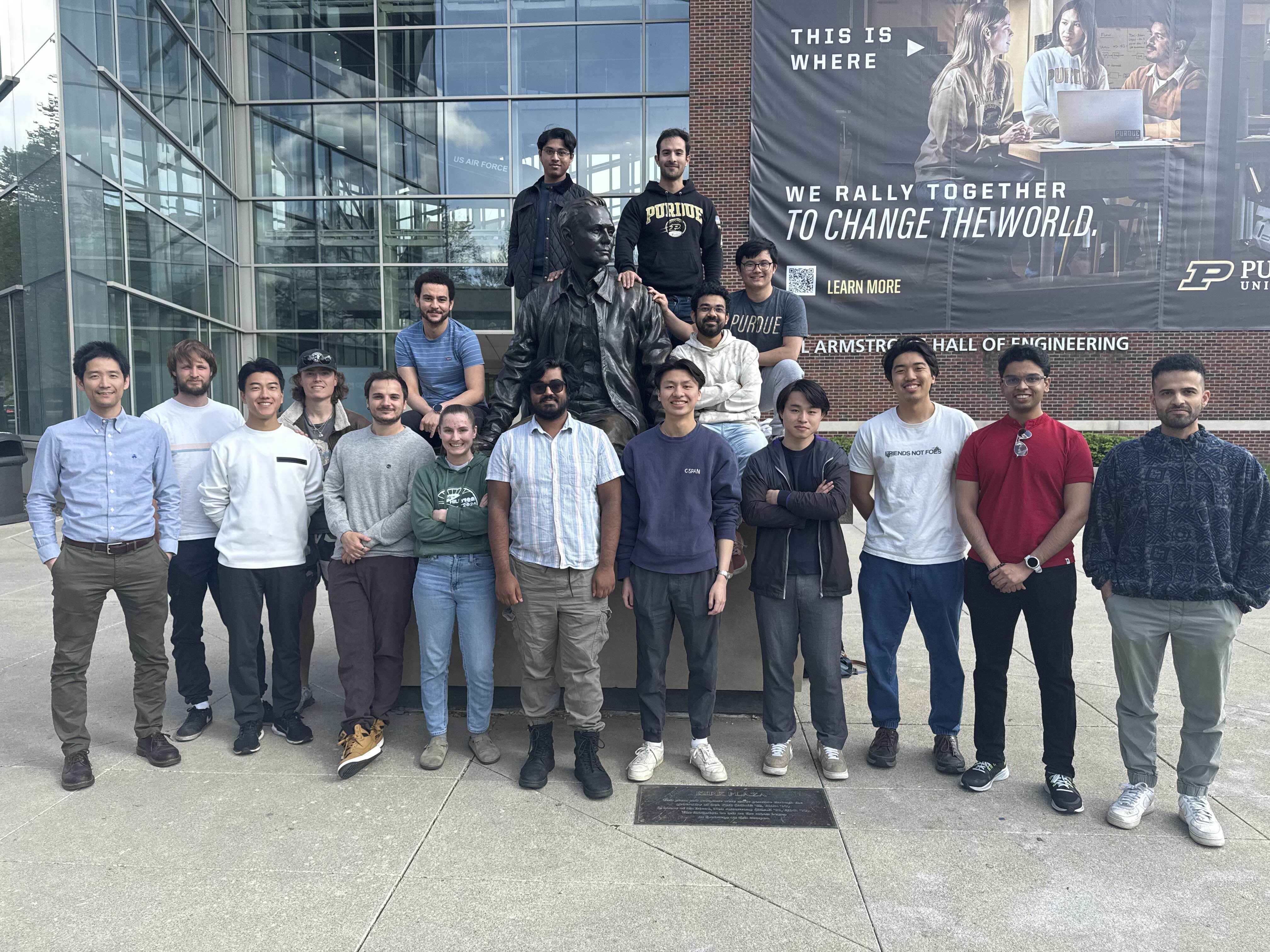Oguri Research Group
We conduct research in Astrodynamics and Space Applications. Our research addresses scientific and engineering challenges in space exploration through advancing the state of the art in space mission design, space trajectory optimization, spacecraft guidance, navigation, and control (GNC), and space autonomy. To this end, we develop new mathematical and computational methods combining expertise from astrodynamics, control theory, optimization, stochastic systems, and probabilistic decision making. The director Prof. Oguri's flight project experience at NASA JPL and JAXA and continued collaborations with space agencie play a key role to blend theory and practice, to identify and address critical challenges in real-world applications, and to contribute to the forefront of space exploration. Flight space missions with our research contributions include Psyche (NASA), NEA Scout (NASA), EQUULEUS (JAXA), and PROCYON (JAXA).
If you are insterested in our research group, are passionate about space exploration and space sciences, and enjoy math and physics, please reach out to Prof. Oguri via email at koguri@purdue.edu, with a full CV and a brief statement of why you want to join our group.
Director:
Kenshiro Oguri, Ph.D.
Assistant Professor
School of Aeronautics and Astronautics
Purdue University
Purdue Cislunar Initiative
Institute for Control, Optimization and Networks (ICON)
Computational Science and Engineering, Computational Interdisciplinary Graduate Programs
Websites: AAE; Personal Page
Sponsors
We gratefully acknowledge generous support by our research sponsors and collaborators.





Group photos

Fall 2025 -- at lab potluck

Spring 2025 -- in front of Neil Armstrong Hall
Spring 2024 -- in front of Neil Armstrong Hall

Fall 2023 -- at lab potluck BBQ
Spring 2023 -- in front of Neil Armstrong Hall
